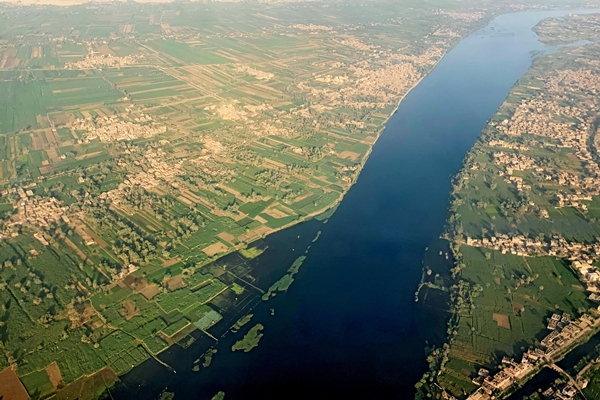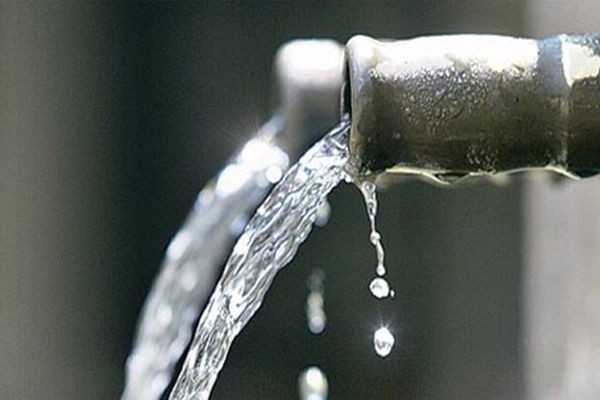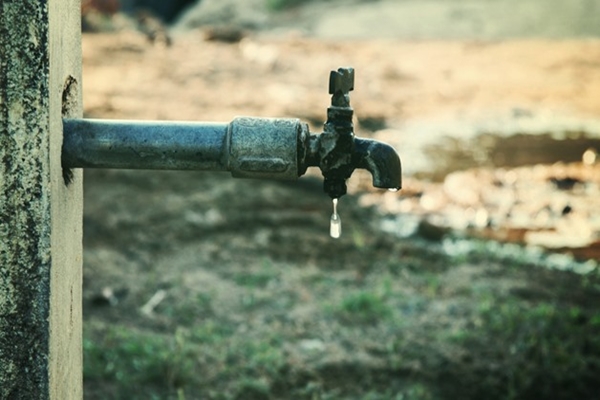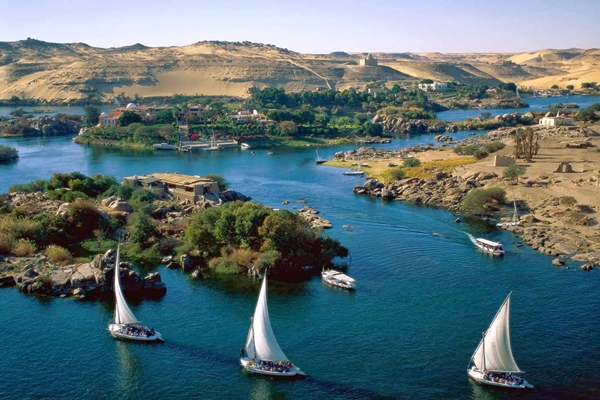Water consumption in egypt , Drinking water supply and disinfection in Egypt is portrayed by the two accomplishments and difficulties. Among the accomplishments are an expansion of funneled water supply somewhere in the range of 1998 and 2006 from 89% to 100% in metropolitan territories and from 39% to 93% in provincial zones notwithstanding fast populace development; the disposal of open crap in country regions during a similar period; and as a rule a moderately elevated level of interest in framework. Admittance to an at any rate essential water source in Egypt is presently for all intents and purposes all inclusive with a pace of 98%. On the institutional side, the guideline and administration arrangement have been isolated somewhat through the formation of a public Holding Company for Water and Wastewater in 2004, and of a monetary controller, the Egyptian Water Regulatory Agency (EWRA), in 2006.

Water consumption in egypt
The ebb and flow real accessible water assets in Egypt are 55.5, 1.6, 2.4 and 6.5 BCM/yr from the Nile River, from powerful precipitation on the northern portion of the Mediterranean Sea so as Sinai, from non-inexhaustible profound groundwater from western desert so as Sinai and from shallow groundwater, separately. The complete water supply is 66 BCM, while the absolute momentum water necessity for various areas is 79.5 BCM/yr [1]. The hole between the necessities and accessibility of water is about 13.5 BCM/yr. This hole is remunerated by reusing of waste water either formally or informally.
The restricted accessibility of supply assets is the fundamental test confronting the water assets framework in Egypt. In the interest side, numerous difficulties are found. Among these difficulties are drainage misfortunes from channels and empties, vanishing misfortune from water surfaces, dissipation misfortunes so as invasion misfortunes from horticultural grounds and oceanic weeds in waterways. Additionally, the exactness of water conveyance activity, imperfection in control doors, number of siphons that non-convey water to the streams closes, development of rice so as sugarcane zones and exceedance of the allowable siphoning paces of wells are considered as a part of the difficulties, notwithstanding absence of withdrawal control in profound groundwater, harms in dribble water system framework, establishment of sprinkler, high dissemination misfortunes in drinking water organization and absence of public mindfulness in homegrown water area.

The intension of this paper is to contribute in tackling the water lack issue. Therefore, the goals of the paper are to propose and evaluate various situations for 2025 executing (WEAP) model.
Read
Drinking water quality
It is assessed that every year around 17,000 kids pass on from looseness of the bowels. One explanation is that drinking water quality is frequently underneath guidelines. Some water treatment plants are not kept up appropriately and are hence wasteful in eliminating parasites, infections and other parasitic microorganisms. In 2009, an examination by the Ministry of Health indicated that drinking water for a large portion of 1,000,000 individuals in Asiut was unsuitable for human utilization. As of June 2011, nothing had been done to address the issue. Chlorination frameworks of wells, which had been introduced years prior on the grounds that elevated levels of microorganisms had been distinguished in the groundwater, fizzled for absence of upkeep and have been closed down so untreated water is given to the occupants.

In the town Wardan in North Giza, the water turned out to be dim in 2007. The specialists announced that they were not dependable, guaranteeing that illicit shallow wells or supporters that a few occupants introduced to guarantee water accessibility and weight, are answerable for the issue. As per the Ministry of Environment, “there is an absence of coordination among establishments answerable for observing water quality and a nonattendance of a bound together arrangement of examination, procedures and strategies”.







